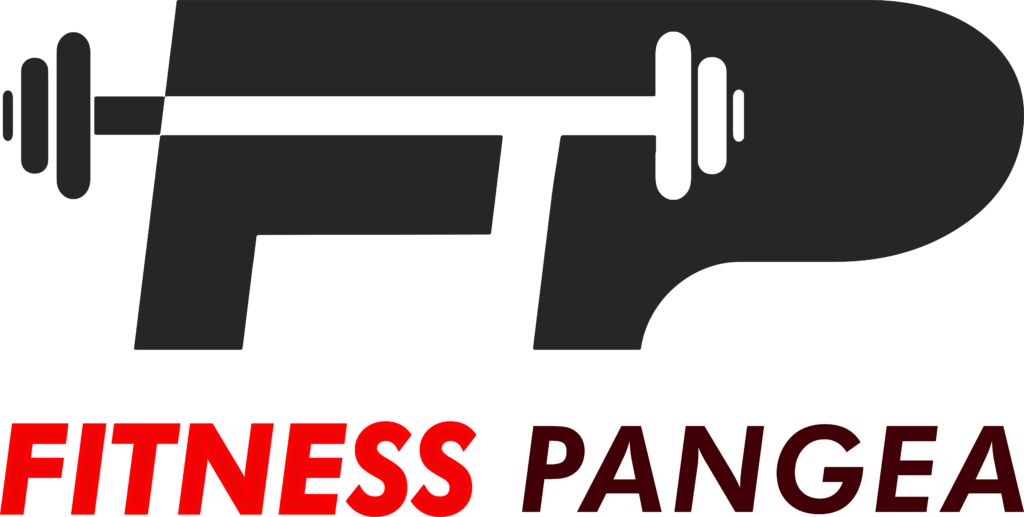Sustaining physical strength and health is not only a luxury but also a need in the fast-paced world of today. Physical demands abound in our daily lives, whether it is carrying groceries, chasing after children, or just getting through a demanding workday. We need more than just toned abs and biceps to successfully tackle these challenges. We need functional fitness.
Functional fitness, a comprehensive approach to fitness, aims to increase your general strength, stamina, balance, and flexibility. A functional fitness workout’s main objectives are to increase your capacity for carrying out daily tasks and lower your risk of injury. We will discuss functional fitness in this blog and provide you with a thorough guide to functional fitness exercises for daily strength.
Understanding Functional Fitness
The main goal of functional fitness is to prepare your body for everyday life. It goes beyond the conventional gym regimens, which frequently concentrate on specific muscle groups and appearance. Instead, it emphasizes movements and exercises that mimic the actions you perform in your day-to-day life. Functional fitness has many advantages, including:
Enhanced Daily Performance: Being functionally fit makes it easier for you to carry out everyday tasks like lifting, bending, reaching, and even standing or sitting for extended periods.
Injury Prevention: You can lessen the chance of injuries from daily activities by strengthening the muscles and joints you use.
Enhanced Core Strength: The foundation of functional fitness is a strong core, which supports your body while you perform a variety of movements and activities.
Better Balance and Stability: By putting your balance and stability to the test, functional exercises help you coordinate better and avoid falls.
Greater Range of Motion: Being more flexible and mobile makes it simpler to move your body effectively and painlessly.
Functional Fitness Workouts
After learning about the notion of functional fitness, let us get started with some efficient functional fitness exercises that you can do regularly.
1. Bodyweight Exercises
Push-ups: A great exercise to build strength and stability in the upper body. To work your shoulders, core, and chest, do push-ups with good form.
Squats: Squats simulate the motions of sitting and standing while strengthening the lower body. Go as low as your flexibility will allow, and concentrate on your form.
Planks: Planks provide you the necessary stability for daily tasks by strengthening your back, shoulders, and core muscles.
2. Functional Movements
Farmer’s Walk: Take two heavy items (kettlebells, dumbbells, or even grocery bags) and walk with proper form. This exercise improves grip strength and overall stability.
Deadlifts: A compound exercise that works the hamstrings, glutes, and lower back, deadlifts simulate lifting large objects off the ground.
Lunges: Lunges improve balance and leg strength. To replicate real-life movements, you can perform them in different directions and with or without weights.
3. Resistance Band Exercises
Banded Rows: To strengthen your arms, shoulders, and upper back, fasten a resistance band to a strong anchor.
Band Pull-Aparts: This exercise improves upper back strength and shoulder mobility, which helps to prevent shoulder problems that are frequently brought on by daily activities.
4. Stability and Balance Exercises
Single-Leg Stands: Take a 30- to 1-minute break, then stand on one leg and then the other. This workout improves stability and balance.
Work with a Bosu ball: To strengthen your core, use it for exercises like planks, squats, and lunges.
5. Functional Cardio
Interval Training: Combine burpees, jumping jacks, and sprinting to create high-intensity interval training (HIIT). This enhances cardiovascular fitness for daily tasks requiring energy bursts.
6. Yoga and Pilates
Improve your flexibility, balance, and core strength with yoga and pilates. Additionally, they encourage body awareness and mindfulness, which can lead to increased functional fitness in day-to-day activities.

How to Start a Functional Fitness Routine
It is critical to evaluate your current fitness level and speak with a healthcare professional if you have any pre-existing conditions before beginning any functional fitness exercises. Following approval, take the following actions:
Set Clear Goals: Decide what functional fitness goals you want to pursue. Having well-defined goals will assist you in selecting the appropriate exercises, whether your goal is to reduce back pain, enhance balance, or increase general strength.
Correct Form: To avoid injuries and increase the efficiency of your workouts, pay close attention to form and technique. If you are new to these exercises, think about working with a fitness trainer.
Progressive Overload: To keep pushing your body and improving, progressively up the resistance and intensity of your workouts.
Consistency: Maintaining consistency is essential to enjoying the advantages of functional fitness. Try to work out three or five times a week using a range of exercises.
Listen to Your Body: Be mindful of how your body reacts to the exercises. If you feel pain, discomfort, or extreme exhaustion, change your routine or get professional advice.
Rest: Allow your body to rest in between workouts. For muscles to heal and grow, they need to get enough sleep and recuperation.
Functional fitness is about preparing your body for the obstacles of daily life, not just about looking good or being gym-fit. You can enhance your strength, stability, and general quality of life by including a variety of functional fitness exercises in your routine. Functional fitness will enable you to perform physically demanding tasks with confidence and ease, such as chasing after your kids or carrying groceries. Thus, move, maintain consistency, and reap the rewards of daily strength!



